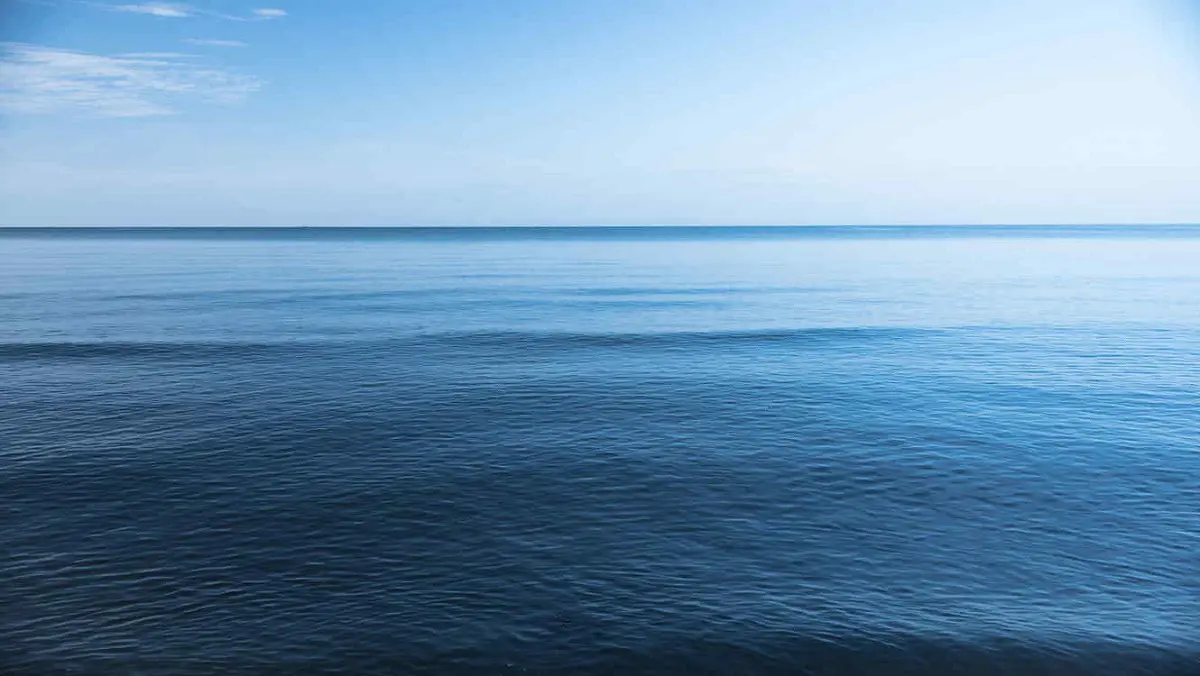News Highlight
Working to support plans to promote a free open Indo-Pacific region: U.S.-India Business Council.
Key Takeaway
- A significant business advocacy group in the US has stated that it is working to support efforts to create a free, open, and prosperous Indo-Pacific region.
- During an ongoing discussion with Indo-Pacific Economic Framework (IPEF) partners, USIBC also focused on developing robust supply chains for the biopharmaceutical sector.
- As well as crucial minerals required for the energy transition.
- From February 8 to 11, The Indian Ministry of Commerce and Industry will host the framework in Delhi.
Indo-Pacific Region
- About
- It refers to the meeting point of The Pacific and Indian Oceans in Southeast Asia.
- In 2007, Japanese Prime Minister Shinzo Abe used the term “Indo-Pacific” for the first time on Indian soil.
- After nearly ten years, the then-President of the United States used this word on a tour to East Asia.
- He used this word instead of ‘Asia Pacific’ several times.
- The goal was to ensure that all countries in the region work together to create an Indo-Pacific system that is open, accessible, inclusive, prosperous, and rule-based.
- Furthermore, the centre of gravity has shifted to Asia.
- The reason for this is that the Indian Ocean and the Pacific Ocean provide sea lanes.
- These waters carry the vast majority of the world’s trade.
- Significance
- The Indo-Pacific region, which covers four continents: Asia, Africa, Australia, and America, is one of the world’s most populous and economically active regions.
- The region’s dynamism and vigour are self-evident; with 60% of the world’s population and 2/3 of global economic production, it is a worldwide economic centre.
- The region is also an excellent source and destination for FDI.
- The Indo-Pacific region links many of the world’s vital and significant supply chains.
- The Indian and Pacific Oceans include large quantities of marine resources, including offshore hydrocarbons, methane hydrates, seabed minerals, and rare earth metals.
- Extensive coasts and Exclusive Economic Zones (EEZs) give coastal countries a competitive advantage in exploiting natural resources.
India and Indo-Pacific
- Peace and Security in the Indian Ocean
- The Indian Ocean transport 90% of India’s trade and energy supplies, while the Indo-Pacific region accounts for around 50% of India’s trade.
- India aspires to ensure freedom of navigation, protect choke points, and peacefully resolve conflicts.
- In addition, it addresses unusual security problems in The Indian Ocean region (IOR).
- Countering China
- India seeks to limit China’s position in the region through an inclusive strategy with other nations so that Chinese aggressions recede.
- Geo-Political aspirations
- To preserve its role as a net security provider while expanding its presence in the region, particularly in Africa, the Middle East, and Southeast Asia.
- Fostering sustainable development
- In the future, climate change will negatively influence India.
- As the blue economy expands, India helps the region’s long-term development.
The Current Challenges
- China’s Militarization Move
- China has threatened India’s interests and the stability of the Indian Ocean.
- China provides military and infrastructure support to India’s neighbours, including submarines for Myanmar, frigates for Sri Lanka, and an overseas military facility in Djibouti.
- India’s Limited Naval Capacity
- Because of the limited allotment of The Indian military budget, the Indian Navy has limited resources and capacity to strengthen its efforts.
- In addition, the lack of overseas military bases makes it difficult for India to sustain its presence in the Indo-Pacific.
- Hotspot For Non-Traditional Issues
- The immensity of the region makes it difficult to identify and address many dangers, such as piracy, human trafficking, and terrorism.
- Climate change and three consecutive La Nia episodes have caused cyclones and tsunamis.
- The Indo-Pacific area is facing significant problems in terms of geographical and biological stability.
- In addition, illicit, unregulated, and unreported (IUU) fishing and marine pollution threaten this region’s aquatic life.
Conclusion
- India’s Indo-Pacific vision is a natural extension of its eastward advances under the Look East Policy, now known as the Act East Policy.
- Instead of difference, India’s Indo-Pacific policy has prioritised avoidance.
- The Indian government promotes a “free and open Indo-Pacific.”
Pic Courtesy: freepik
Content Source: Business Standards



